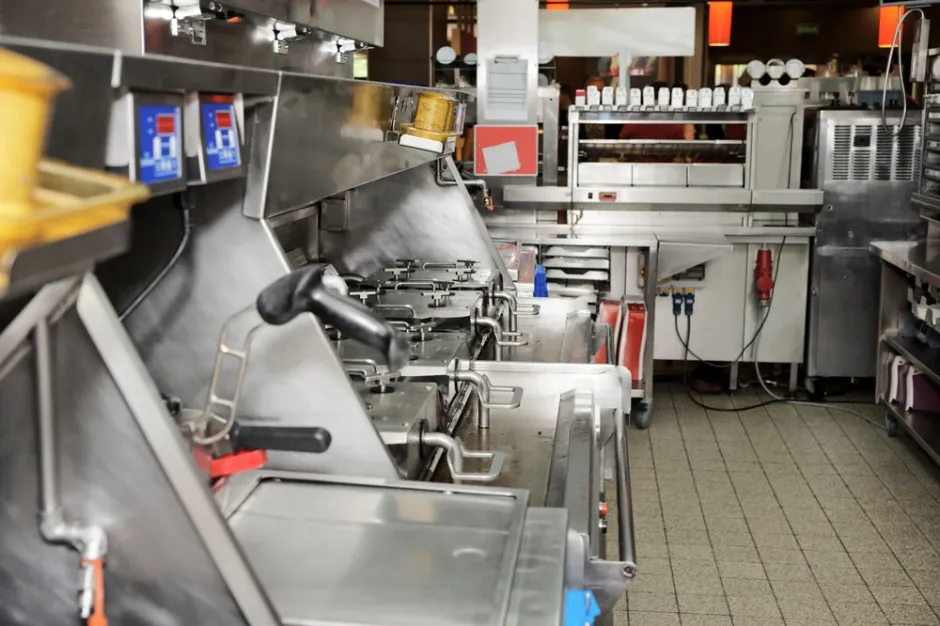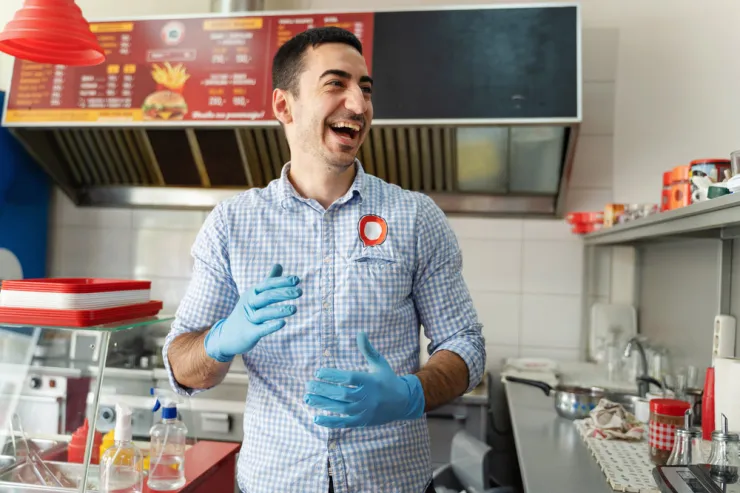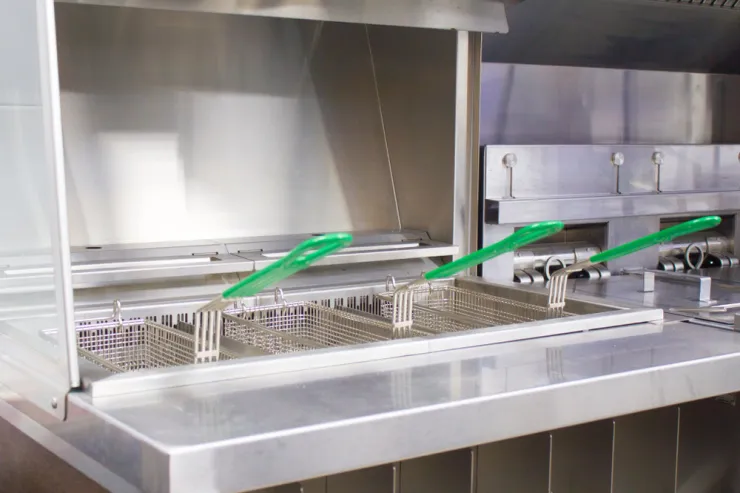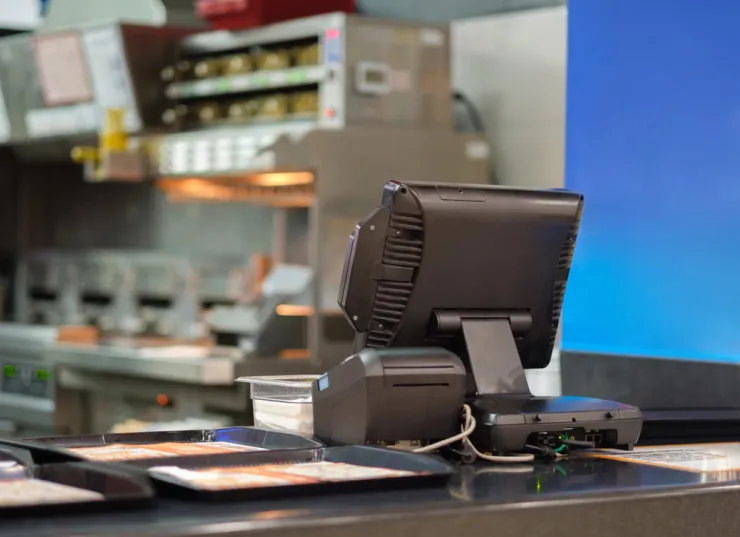
Restaurant kitchen designs are a complex and often overlooked aspect of opening a restaurant.
However, the kitchen design plays a crucial role in the efficiency and success of your QSR. It can reduce the risk of mistakes and accidents, speed up service and even cut down on operational costs.
In this blog post, we will discuss everything you need to know about restaurant kitchen designs and how to optimise your QSR kitchen for maximum efficiency and profitability.
6 steps to a better restaurant kitchen design

1. Determine the ideal flow of the kitchen
The first step in designing a QSR kitchen is to understand the flow of the kitchen. This means understanding how food is prepared, cooked and served, and how the kitchen staff will move through the space. By understanding the flow, you can design a kitchen that is easy to navigate and that streamlines the food preparation process.
2. Select the right equipment
When designing a QSR kitchen, it’s important to select the right equipment. This means choosing equipment that is appropriate for the type of food you will be serving and that is designed to work well together.

By selecting the right equipment, you can ensure that your kitchen is efficient and that your food is consistently high-quality.
3. Consider the kitchen layout
The layout of your kitchen is also an important aspect of design. This includes placing equipment in the right location and ensuring that there is enough space for food preparation and storage. A well-designed kitchen layout can help to improve efficiency and reduce the risk of accidents.
4. Plan for future growth
When designing your QSR kitchen, it’s important to plan for future growth. This means designing a kitchen that has the flexibility to accommodate new equipment and staff, as well as the potential for menu expansion.
By planning for future growth, you can ensure that your kitchen remains efficient and that your business can continue to grow.
5. Optimise your kitchen for proper sanitation and food safety
The kitchen is the heart of your quick service restaurant, so it's important to maintain proper sanitation and food safety at all times. This can include proper food storage, food handling and food preparation practices, as well as regular cleaning and maintenance of equipment and surfaces.
6. Invest in technology
Investing in technology, such as a restaurant management system, can greatly improve the efficiency of your kitchen. A restaurant management system can help with tasks such as tracking inventory, monitoring food safety, and managing kitchen staff.

Restaurant management hardware like a Kitchen Display System will be much more efficient to use if it is part of your restaurant kitchen design from the start.
Get the benefits of better restaurant kitchen designs
Designing a QSR kitchen is a complex task that requires careful planning and consideration. By understanding the flow of the kitchen, selecting the right equipment, considering the layout, planning for future growth, implementing proper sanitation and food safety measures, and investing in technology, you can optimise your QSR kitchen for maximum efficiency and profitability.
The right kitchen design can have a huge impact on the success of your restaurant, so take the time to plan carefully and consult with industry experts if necessary.

